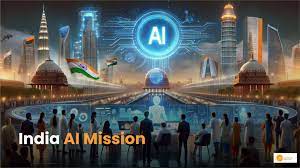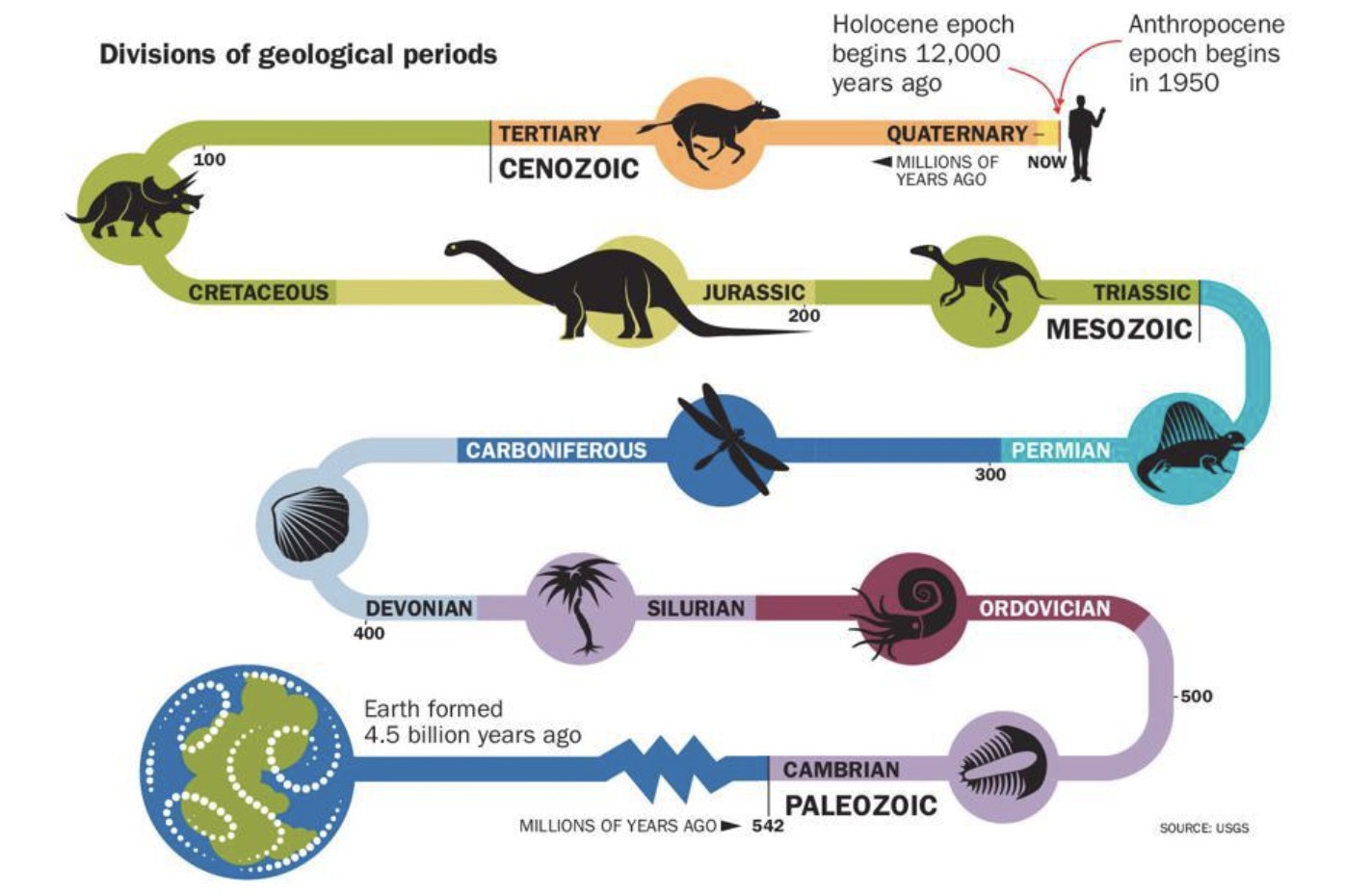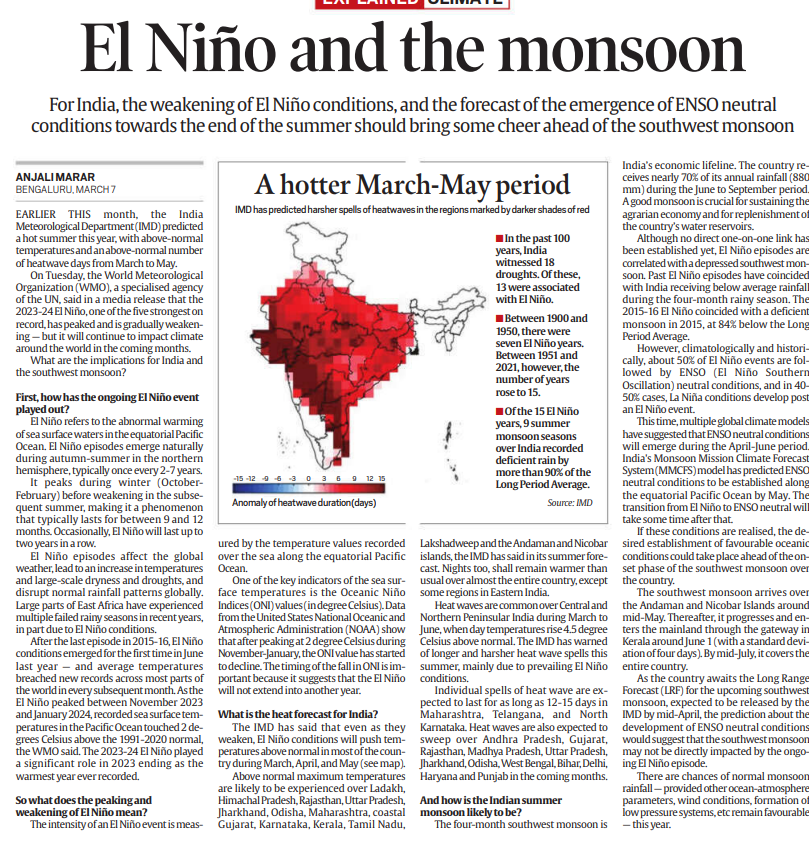|
|
||
|
9 March 2024 |
||
|
- India AI Mission
- Scientists have rejected the Declaration of the Anthropocene Epoch through a democratic voting process.
- UNNATI Scheme
- Reviving Penicillin Manufacturing in India

- India AI Mission
Introduction
The recent approval of the IndiaAI Mission by the Union Cabinet signifies a pivotal advancement in leveraging artificial intelligence (AI) for national development.
This mission, characterized by significant financial investment and multifaceted objectives, aims to enhance India’s AI capabilities across various sectors while fostering innovation and addressing societal challenges.

Overview of IndiaAI Mission
- The IndiaAI Mission, launched under the auspices of the Digital India Corporation (DIC), seeks to establish a robust AI ecosystem conducive to innovation and growth.
- Its initiatives span from bolstering computing infrastructure to promoting AI applications in critical sectors such as healthcare and governance, all underpinned by a public-private partnership model for effective implementation and scalability.
Core Pillars of IndiaAI Mission
- The mission’s core pillars include initiatives such as enhancing AI computing capacity, spearheading indigenous AI model development, facilitating access to high-quality datasets, promoting AI application development, fostering AI talent through educational programs, supporting AI startups, and ensuring safe and trustworthy AI deployment.
7 key features of IndiaAI Mission
- IndiaAI Compute Capacity: The IndiaAI compute pillar will build a high-end scalable AI computing ecosystem to cater to the increasing demands from India’s rapidly expanding AI start-ups and research ecosystem.
- The ecosystem will comprise AI compute infrastructure of 10,000 or more Graphics Processing Units (GPUs), built through public-private partnerships.
- Further, an AI marketplace will be designed to offer AI as a service and pre-trained models to AI innovators. It will act as a one-stop solution for resources critical for AI innovation.
2. IndiaAI Innovation Centre: The IndiaAI Innovation Centre will undertake the development and deployment of indigenous Large Multimodal Models (LMMs) and domain-specific foundational models in critical sectors.
3. IndiaAI Datasets Platform: The IndiaAI Datasets Platform will streamline access to quality non-personal datasets for AI Innovation.
- A unified data platform will be developed to provide a one-stop solution for seamless access to non-personal datasets to Indian startups and researchers.
4. IndiaAI Application Development Initiative: The IndiaAI Application Development Initiative will promote AI applications in critical sectors for the problem statements sourced from Central Ministries, State Departments, and other institutions.
- The initiative will focus on developing/scaling/promoting the adoption of impactful AI solutions with the potential for catalysing large-scale socio-economic transformation.
- IndiaAI FutureSkills: IndiaAI FutureSkills is conceptualised to mitigate barriers to entry into AI programmes and will increase AI courses in undergraduate, Masters level, and Ph.D. programmes.
- Further, Data and AI Labs will be set up in Tier 2 and Tier 3 cities across India to impart foundational-level courses.
- IndiaAI Startup Financing: The IndiaAI Startup Financing pillar is conceptualised to support and accelerate deep-tech AI startups and provide them with streamlined access to funding to enable futuristic AI projects.
7. Safe & Trusted AI: Recognising the need for adequate guardrails to advance the responsible development, deployment, and adoption of AI, the Safe & Trusted AI pillar will enable the implementation of responsible AI projects including the development of indigenous tools and frameworks, self-assessment checklists for innovators, and other guidelines and governance frameworks.
Strategic Significance
- The IndiaAI Mission aligns with the government’s vision of utilizing technology for inclusive growth, enhancing global competitiveness, and driving economic growth and job creation.
- However, it also emphasizes the importance of responsible AI governance and regulatory frameworks to address ethical and safety concerns.
Integration with National Policy
- This section discusses how the IndiaAI Mission complements existing national initiatives such as the Digital India campaign and efforts to boost electronics manufacturing, aligning with broader policy objectives aimed at fostering a conducive ecosystem for technology-driven innovation, consistent with global trends in AI development and regulation.
Challenges and Regulatory Considerations
- Policymakers face challenges in navigating regulatory landscapes while promoting AI innovation and balancing innovation with regulatory safeguards.
- Drawing insights from international models can aid in devising a regulatory framework that promotes innovation while upholding ethical and safety standards.
Conclusion
In conclusion, the IndiaAI Mission heralds a new era of AI-driven innovation and development in India.
By fostering collaboration between the public and private sectors and prioritizing talent development, India underscores its commitment to emerging as a global leader in AI innovation while addressing regulatory challenges to ensure responsible and ethical AI deployment.
- Scientists have rejected the Declaration of the Anthropocene Epoch through a democratic voting process.

https://indianexpress.com/article/explained/explained-sci-tech/scientists-voted-down-proposal-anthropocene-9201316/
Anthropocene Epoch Proposal Sparks Debate
- Recent discussions surrounding the proposal to officially recognize the beginning of the Anthropocene Epoch, marking humanity’s significant influence on Earth’s geological timeline, have generated considerable debate within the scientific community.
- Despite growing evidence supporting the idea of human-induced alterations to the planet, a recent decision by a scientific panel has dismissed the notion.

Understanding Geological Time
- The Geologic Time Scale (GTS) serves as a framework for understanding Earth’s history, organizing it into aeons, eras, periods, epochs, and ages based on significant geological events that have shaped the planet’s conditions.
The Proposed ‘Human Epoch’
- Originating approximately 11,700 years ago after the Last Glacial Period, the Holocene Epoch coincides with the ascent of human civilization.
- The proposal for an Anthropocene Epoch suggests that human activities have profoundly transformed Earth, warranting its recognition as a distinct geological epoch.
The Emergence of the Anthropocene Concept
- Coined in 2000 by Nobel laureate Paul Crutzen and biologist Eugene Stoermer, the term “Anthropocene” describes a period marked by drastic ecological changes resulting from human actions, especially since the Industrial Revolution.
- These alterations encompass various phenomena such as global warming, rising sea levels, ocean acidification, widespread soil erosion, intense heatwaves, and overall environmental degradation.
Rejection of the Proposal
- The rejection of the Anthropocene proposal by the Subcommission on Quaternary Stratigraphy highlights the challenges associated with defining geological epochs based on human-induced changes, particularly concerning the criteria traditionally used to demarcate epochs.
Implications for Geological Classification
- While the decision not to formally recognize the Anthropocene as an epoch does not negate humanity’s impact on the planet, it prompts considerations regarding its official acknowledgment and permanence within geological discourse.
The Future of the Anthropocene Concept
- Some experts suggest reframing the Anthropocene as an “event” rather than a designated epoch, recognizing its transformative influence without strictly adhering to conventional geological classifications.
Relevance and Recognition
- Regardless of its formal classification, the concept of the Anthropocene underscores the profound effects of human activities on Earth’s ecosystems, shaping ongoing conversations about environmental stewardship and sustainable practices.
- UNNATI Scheme
Introduction to UNNATI Scheme
- The recent Union Cabinet approval signals the introduction of the Uttar Poorva Transformative Industrialization (UNNATI) Scheme, 2024, targeting industrial growth and employment opportunities in India’s North East Region.
![pib] Cabinet approves UNNATI Scheme - Civilsdaily](https://statecraft.in/wp-content/uploads/2024/04/pib-cabinet-approves-unnati-scheme-civilsdaily.jpeg)
Objectives of UNNATI Scheme
- UNNATI aims to foster industrial development and create employment opportunities in the North East Region, with a particular emphasis on boosting manufacturing and services sectors.
Allocation of Expenditure
- Funds are allocated to incentivize eligible units (Part A) and support implementation and institutional arrangements (Part B), with Rs. 9,737 crores earmarked for Part A and Rs. 300 crores for Part B.
Salient Features of UNNATI Scheme
- Scheme Duration: Effective until March 31, 2034, with 8 years of committed liabilities.
- Commencement of Production: Industrial units must commence operations within 4 years of registration.
- Categorization of Districts: Districts are classified into Zone A (Industrially Advanced) and Zone B (Industrially Backward) for targeted development.
- Funds Allocation: 60% of Part A funds are allocated to the 8 North Eastern states, with the remaining 40% following a First-In-First-Out (FIFO) basis.
- Eligibility Criteria: Both new and expanding industrial units are eligible for incentives under the scheme.
Implementation and Oversight Mechanisms
- The Department for Promotion of Industry and Internal Trade (DPIIT), Ministry of Commerce and Industry, oversees the implementation of UNNATI.
- National and state-level committees, including the Steering Committee and State Level Committee, are tasked with monitoring implementation, ensuring transparency, and facilitating the registration and claims process for incentives.
- Reviving Penicillin G Manufacturing in India

Background:
India is poised to recommence the production of Penicillin G, a widely used antibiotic, after a hiatus of three decades. Aurobindo Pharma, headquartered in Hyderabad, is leading this initiative.
Reasons for Halt in Production:
- The cessation of Penicillin manufacturing in India during the 1990s can be primarily attributed to the influx of cheaper Chinese alternatives flooding the market, making Indian production economically unviable.
About Penicillin G:
- Penicillin G, also known as Benzylpenicillin, is a narrow-spectrum antibiotic used to treat infections caused by susceptible bacteria.
- Due to its poor oral absorption, it is typically administered intravenously or intramuscularly.
Government’s Role:
- The government’s Production Linked Incentive (PLI) scheme, launched during the pandemic to promote domestic manufacturing, has played a crucial role in restarting Penicillin G production.
- This scheme offers incentives to companies based on incremental sales, thereby providing a significant boost to the revival of Penicillin G manufacturing in India.





